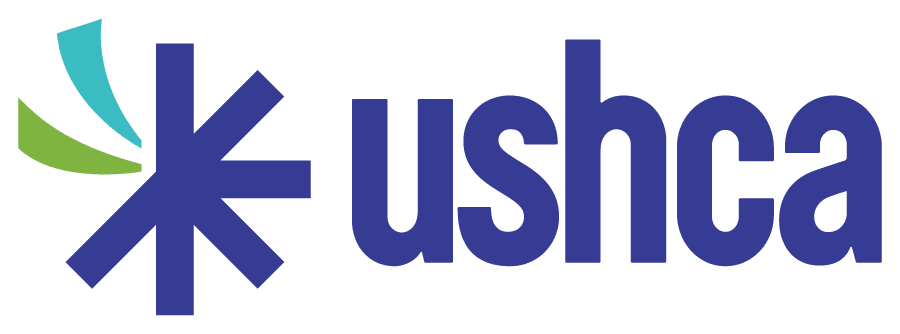Dear HR Leaders,
It is easy to be overwhelmed in this moment.
In the aftermath of closing school buildings and transitioning to remote learning and work, it’s now time to contend with a myriad of questions we could not even fathom just a few short months ago. Questions related to pay, leaves, performance, staffing and transfers, and talent pools swirl in our minds with no clear-cut answers.
The old ways of doing business simply do not suffice in this moment, if they ever did.
- Carefully crafted recruitment and hiring plans that have long-relied on in-person events and school visits must now move exclusively online.
- Collective bargaining agreements or state laws that contain language and timelines related to such areas a performance management, voluntary transfers, and certification will require flexibility in a global pandemic.
- Treating employees exactly the same – even those in the same employee category, like teachers – presents massive challenges when home environments and professional responsibilities vary so dramatically.
During what is traditionally the busiest time of year for Human Resources, the far-reaching impact of COVID-19 requires that we also now dramatically rethink how HR does business. We must find ways to support our current and future employees so they have the tools, skills, and supports to best serve the needs of students.
We cannot simply do more things, add more programs, or work harder and round-the-clock. There are only but 24 hours in the day. We must be more strategic with how our teams – already stretched thin – invest our time.
Take a breath.
In this moment, HR teams must separate the vital few actions from the trivial many.
There is, in fact, only ONE fundamental question HR teams can and should be asking to move forward in this moment: In the COVID-19 context and beyond, how can we RECRUIT, DEVELOP, and RETAIN effective employees, especially where they are needed most?
Anything that does not directly impact that fundamental question should be deprioritized, if not completely abandoned, to make room for more strategic work. Oftentimes, answering this one question will answer a multitude of other downstream questions too.
What does answering this question look like in practice?
Taking stock of all current HR activities and assessing what needs to:
-
- Stop – What are we doing that’s not adding strategic value to recruiting, developing, or retaining effective employees? Stop or pause each and every one of these activities, informing stakeholders as needed.
- Start – What is missing that we need to start, especially in this moment, that we need to recruit, develop, or retain great employees? Which 2-3 activities would make the biggest impact? Prioritize and begin those tasks now.
- Continue – What are we doing that supports recruitment, development, and retention that should continue? Of course, continue activities that directly impact recruitment, development, and retention, but also consider how transactional HR activities that must continue, like leave processing, can indirectly play a role in creating an excellent employee experience, which improves recruitment and retention. Wherever possible, strive for efficient and streamlined processes.
While HOW HR’s work gets done may require new, virtual methods due to COVID-19, the concept of WHAT activities you need to stop, start, and continue remains essential to consider.
Caveat: You may wonder, how can realistically stop tasks we’re required to do for compliance reasons?
- Go back and review the exact language in contract, board, or state policies and processes. Are you overcomplicating it? What’s the bare minimum required?
- Can you automate a compliance task so no team members need to spend time on it?
- Can you go to whomever is requiring it and ask for flexibility or waivers?
- What are the consequences if you simply stopped doing it? Have the courage in this moment to push back on anything that is not essential to recruiting, developing, or retaining effective employees.
Differentiating HR services for recruitment, development, and retention based on need. In HR, we have a tendency to treat everyone the same out of sense of fairness. And yet, we know that schools and individuals have unique needs, just as students do. If we ask teachers to differentiate based on student needs, should we not expect the same for how to serve our communities of schools and employees?
For example, we know that no matter how you define teacher “effectiveness,” low income students, lower achieving students, and students of color end up with the least effective teachers (Goldhaber, Theobald, & Lavery, 2015.) However, HR policies and practices that treat all schools or assignments the same put those in higher needs schools and roles at a distinct disadvantage when recruiting and retaining staff.
In this moment, HR can and should differentiate its policies and practices to help level the playing field by differentiating its services and providing an edge to those schools that need it. For ideas on differentiating services, see USHCA’s Edges in Human Capital Strategies.
Considering how you might partner with others to meet this moment. Now, more than ever, you need to work with those within your context who can bolster your efforts to recruit, develop, and retain effective employees. You do not have to do this alone. That may mean building new relationships with your State, Teacher Association’s/ Unions, Educator Preparation Programs, those in the nonprofit or business community, or even surrounding districts who might be potential partners in recruitment or professional development. In what ways might you work together?
For example, you might choose to jointly offer a virtual professional learning to help teachers transition to online learning with your union. Or you might partner with a nonprofit or business to provide mental health services to reduce burnout. Who in your community might you partner with to meet the needs of your employees?
It’s easy to feel overwhelmed right now. There is so much uncertainty, but the primary role of the HR team to recruit, develop, and retain great employees, especially where they are needed most, endures. The current COVID-19 context provides a unique opportunity to refocus and streamline the work of HR teams to only that which adds strategic value for students and employees.
Goldhaber, D., Lavery, L., & Theobald, R. (2015). Uneven Playing Field? Assessing the Teacher Quality Gap Between Advantaged and Disadvantaged Students. Educational Researcher, 44(5), 293–307. https://doi.org/10.3102/0013189X15592622
—
Danielle Pickens serves as Chief Program Officer of the Urban Schools Human Capital Academy (USHCA), a national nonprofit that develops, supports, and networks human resources and human capital leaders in schools, districts, charter organizations and states to drive measurable improvements in teacher and principal quality.

